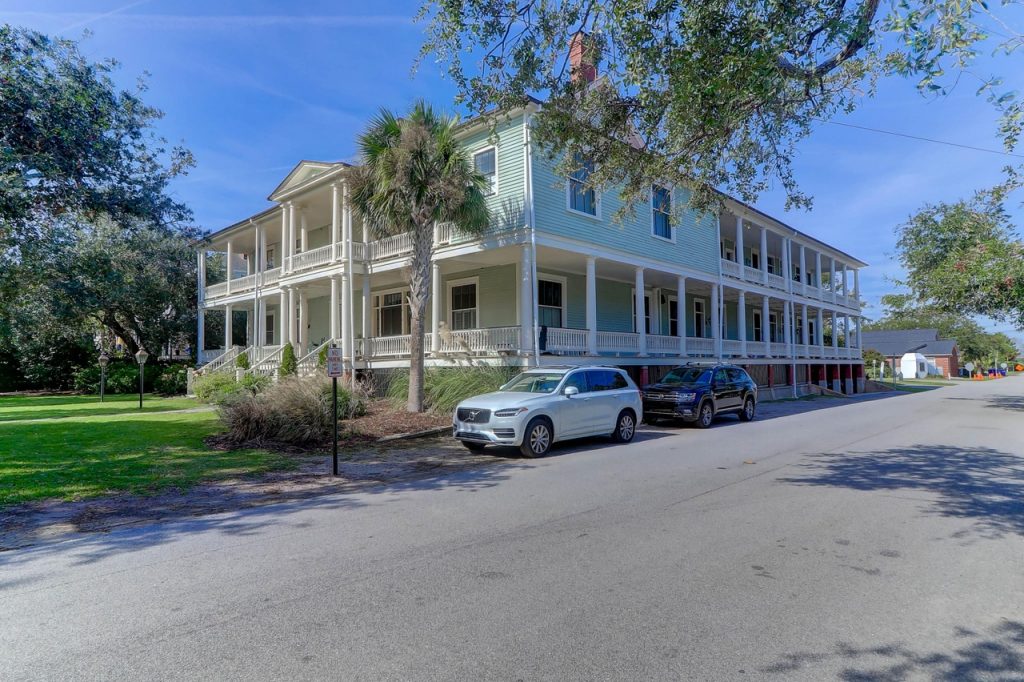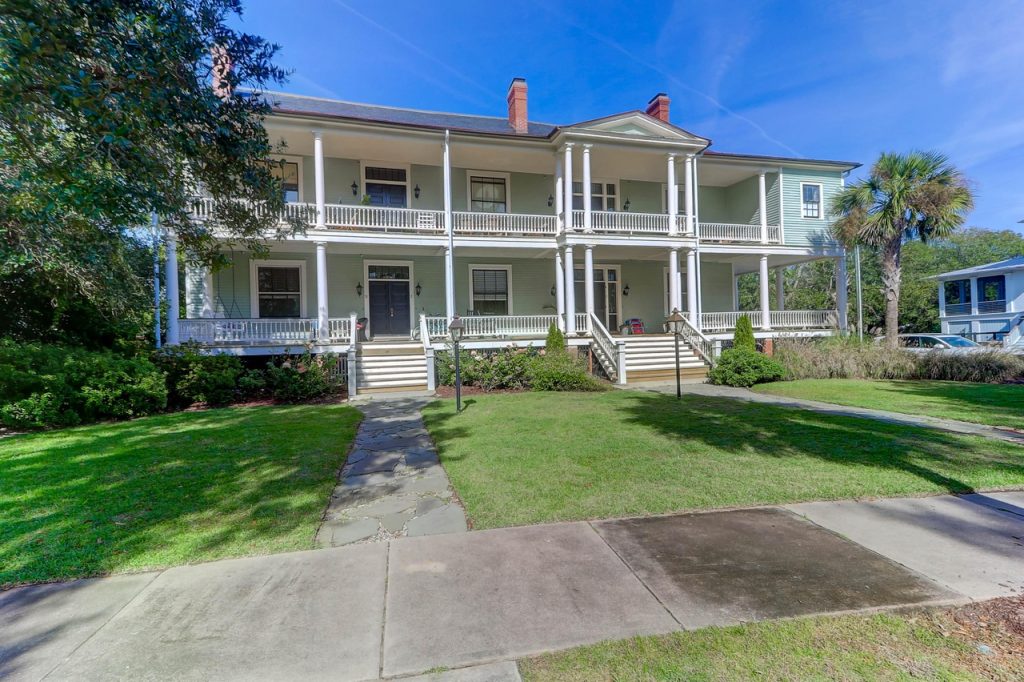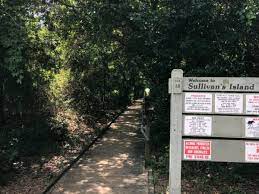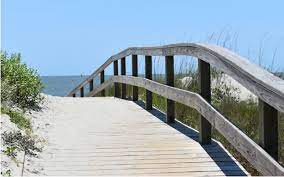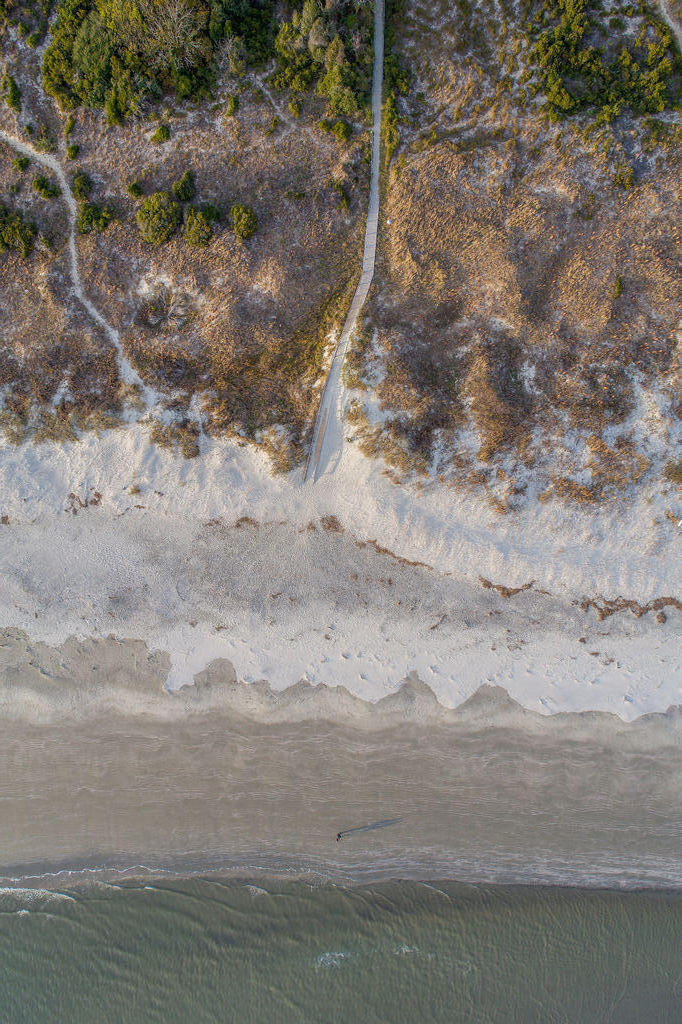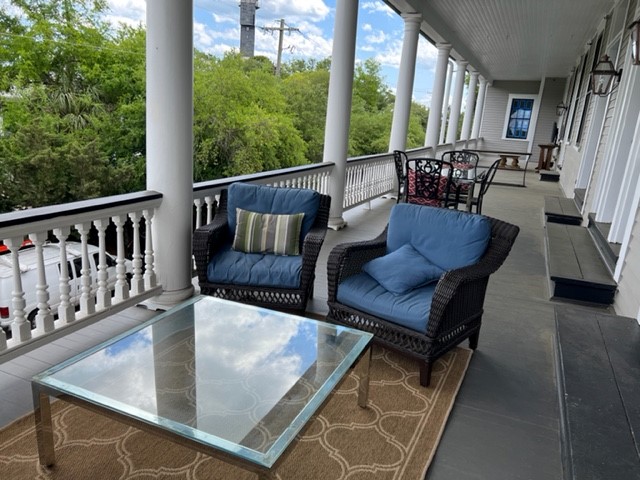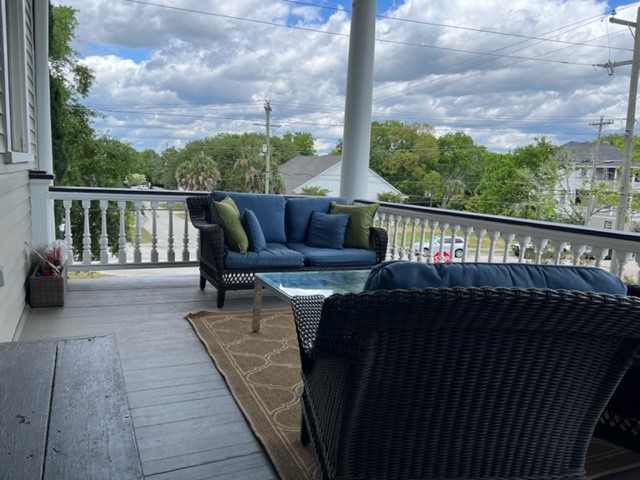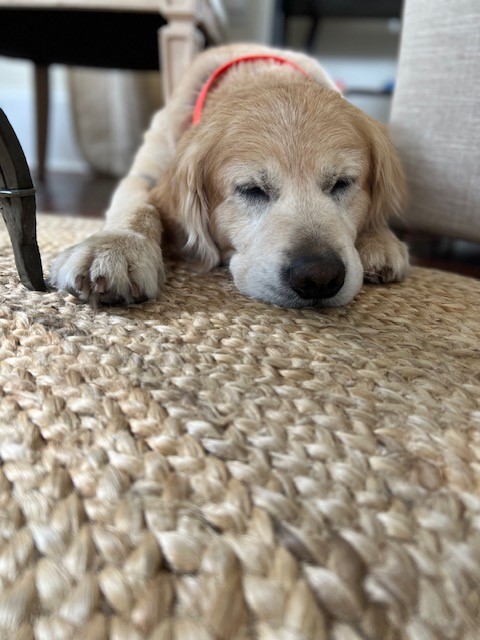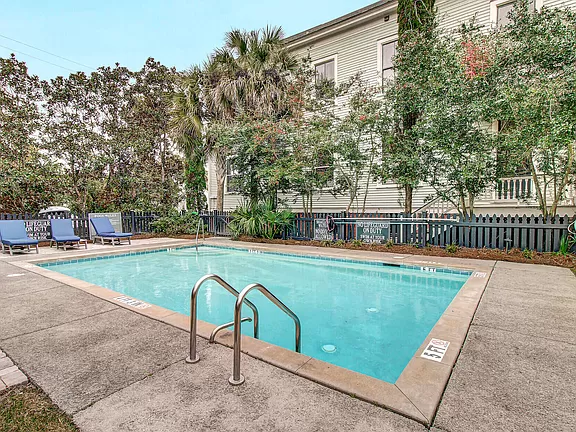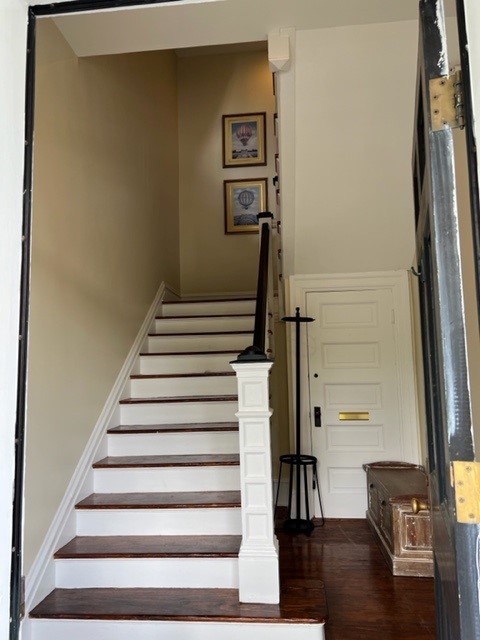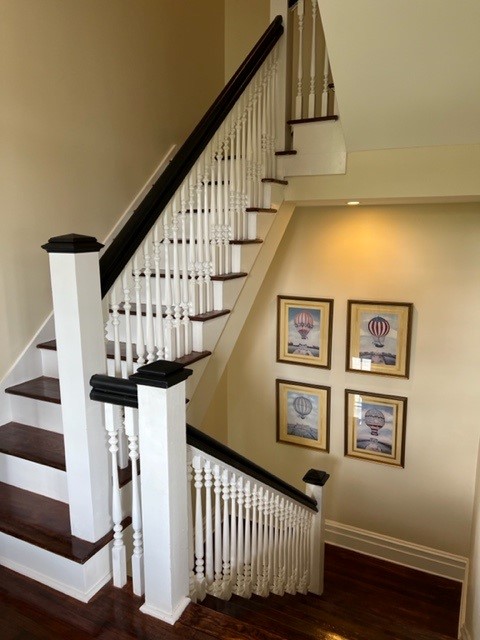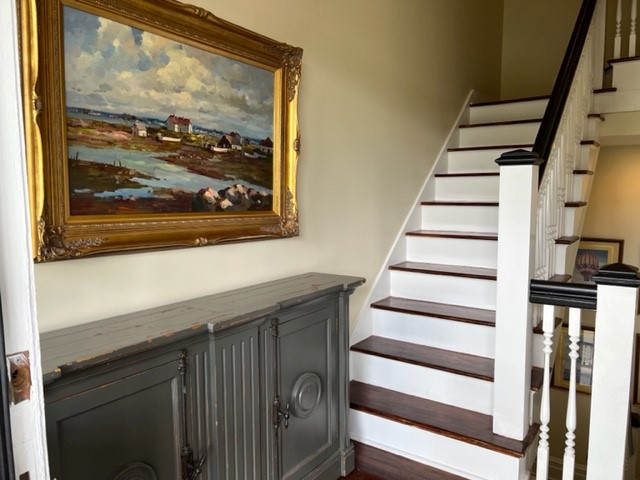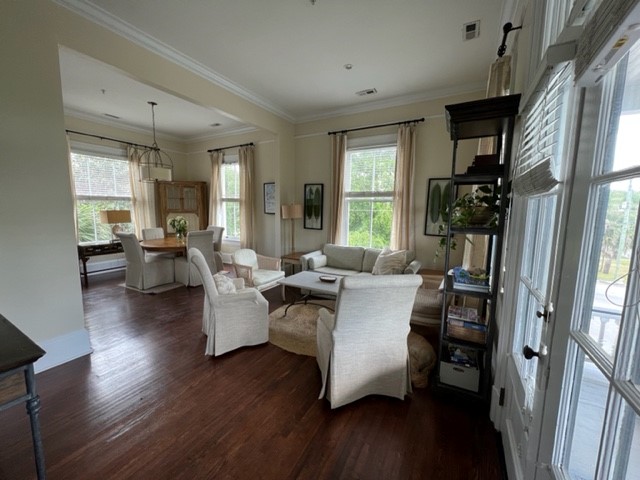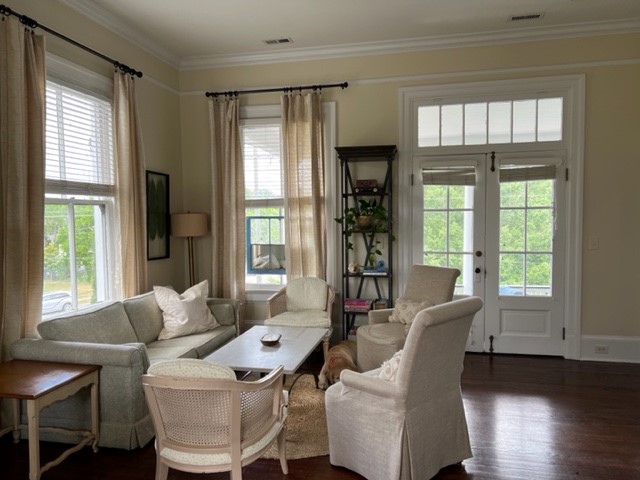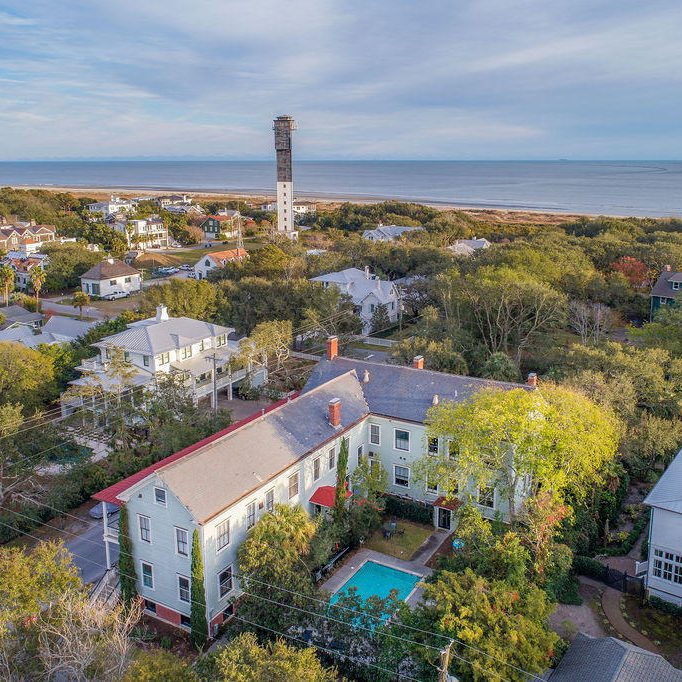We find Sullivan’s Island to be one of the most unique places on the planet with its lovely beach, great local restaurants and bars, biking and water sports, small library and cultural center, historic houses, public parks (with playgrounds, tennis courts, and basketball courts), and rich history.
If that isn’t enough, you can easily get to nearby golf courses, state and national parks, historic sites, and other cool beach towns. Did we mention Charleston? Steeped in history. Terrific architecture. World class restaurants and festivals. Minor league baseball. MUSC and colleges. A myriad of churches one would expect of a long-time port town earning it the nickname “The Holy City.”
The Bachelor Officer’s’ Quarters were built c. 1900-1905, one of three buildings in Officer’s Row which housed military officers in WWI and WWII (1702 Ion, 1738 Ion, and 1766 Ion). The building was originally 20 apartments for young bachelor officers. It is a contributing building in the Sullivan’s Island Historic District. As you walk around the block you’ll see homes that housed the top brass, were originally the mess hall for soldiers, and were a theater from the island’s bustling days.
There is a lot of history to dig into while here. Some of it is to be celebrated (e.g. the fort’s role in the Revolutionary War) and some of it is to be seriously reflected upon (approximately 40% of slaves brought into North America between 1619 and 1808 entered via Sullivan’s Island where they were quarantined prior to being sold to slaveowners). Some of it is random but has had a lasting effect (e.g. Edgar Allen Poe was stationed here while in the military and the island is used in “The Gold Bug”).
Your visit to 1766 Ion doesn’t start with reveille nor are you required to march or do push-ups. You can start your day on the porch watching the sun come up behind the lighthouse. Or, perhaps you’ll stroll the quiet Station 18 street to the beach and maritime forest. It is a dog’s dreamland in the morning. After a full day of activities…or happily doing nothing…you can walk over to the marsh to watch the sun disappear behind the bridge to Charleston.
Perhaps Pat Conroy stated it best when writing:
Charleston has a landscape that encourages intimacy and partisanship. I have heard it said that an inoculation to the sights and smells of the Carolina lowcountry is an almost irreversible antidote to the charms of other landscapes, other alien geographies. You can be moved profoundly by other vistas, by other oceans, by soaring mountain ranges, but you can never be seduced. You can even forsake the lowcountry, renounce it for other climates, but you can never completely escape the sensuous, semitropical pull of Charleston and her marshes.
